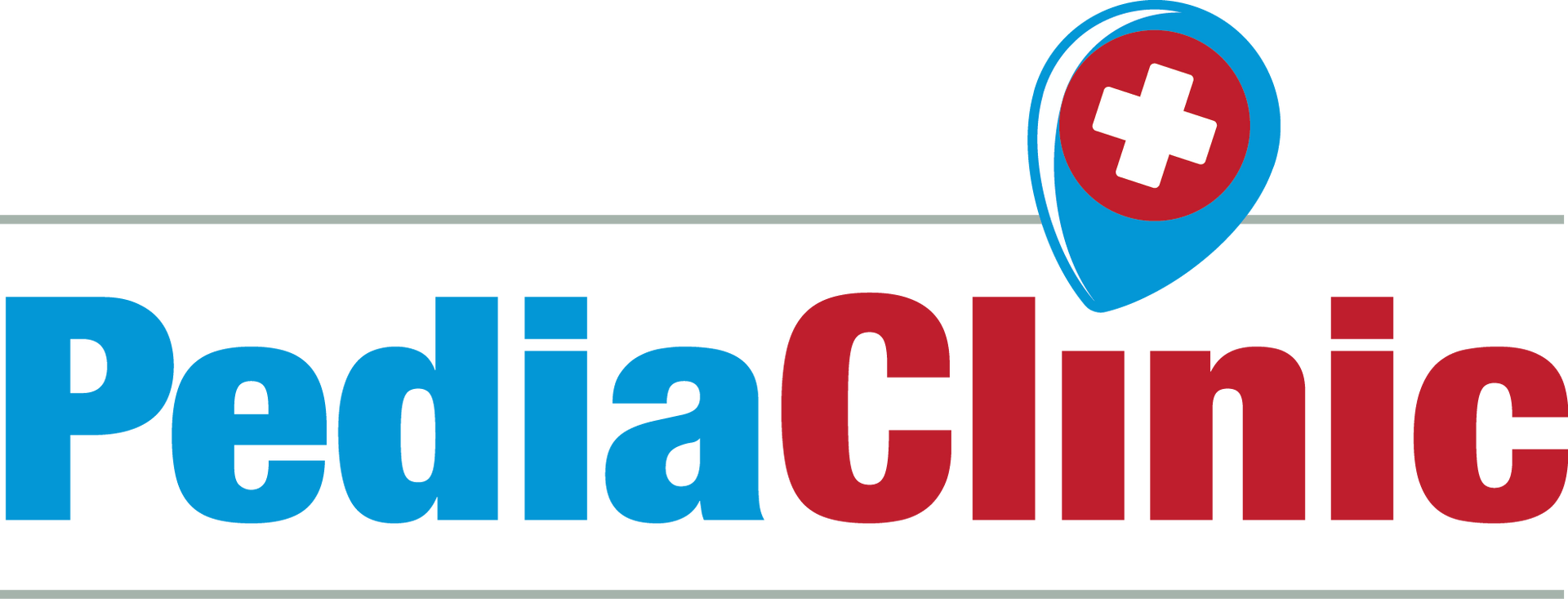Mono (Infectious Mononucleosis)
Definition
- Mononucleosis (mono) is a viral infection of the lymph nodes
- Main symptoms are sore throat and widespread swollen lymph nodes
Call or Return If
- Trouble breathing or drooling occurs
- Your child can't drink enough fluids
- Fever lasts more than 7 days
- Stomach pain occurs (especially sharp pain high on the left side)
- Your child isn't back to school by 2 weeks.
- You think your child needs to be seen
- Your child becomes worse
About This Topic
Symptoms
- Severe sore throat
- Large red tonsils covered with pus
- Swollen lymph nodes in the neck, armpits, and groin
- Fever for up to 7 days
- Tiredness and increased sleeping
- Enlarged spleen (in 50% of children)
Diagnosis
- Mono is diagnosed by positive blood tests
- Blood smear shows many atypical (unusual) white blood cells
Cause
- Mono is caused by the Epstein-Barr virus (EBV).
- This virus is passed to others in infected saliva (spit).
- Occurs more often in 15- to 25-year-olds. Reason: more intimate contacts with others.
- After the virus enters the body, it can take 4 to 7 weeks before symptoms begin.
Chronic Fatigue Syndrome
- The symptoms of chronic fatigue syndrome are tiredness and weakness. There is also a constant feeling that you need more sleep.
- The symptoms must be present for at least 6 months.
- Any connection to mono has never been proven.
Prevention of Spread to Others
- Mono is not very contagious. People in the same household rarely come down with it.
- Avoid kissing at least until the fever and sore throat are gone.
- Also use separate drinking glasses and utensils for the same time.
After Care Advice
Overview:
- Mono is a viral infection of the lymph nodes.
- Symptoms will go away on their own. This is usually within a week to 10 days.
- There is no drug that can cure mono.
- Here is some care advice that should help.
Sore Throat Pain Relief:
- Age over 1 year. Can sip warm fluids such as chicken broth or apple juice.
- Age over 6 years. Can also suck on hard candy or lollipops. Butterscotch seems to help.
- Age over 8 years. Can also gargle. Use warm water with a little table salt added. A liquid antacid can be added instead of salt. Use Mylanta or the store brand. No prescription is needed.
- Medicated throat sprays or lozenges are generally not helpful.
Pain Medicine:
- To help with the pain, give acetaminophen (such as Tylenol) or ibuprofen. Use as needed.
Fever:
- For fevers above 102° F (39° C), give acetaminophen (such as Tylenol) or ibuprofen. Note: Lower fevers are important for fighting infections.
- For ALL fevers: Keep your child well hydrated. Give lots of cold fluids.
Antibiotics Not Needed:
- Only bacterial infections are helped by antibiotics.
- Antibiotics will not kill viruses.
Fluids and Soft Diet:
- Try to get your child to drink adequate fluids. Goal: Keep your child well hydrated.
- Cold drinks, milk shakes, popsicles, slushes, and sherbet are good choices.
- Solids. Offer a soft diet. Also avoid foods that need much chewing. Avoid citrus, salty, or spicy foods. Note: Fluid intake is much more important than eating any solids.
- Swollen tonsils can make some solid foods hard to swallow.
Rest:
- Bed rest will not shorten the course of the illness or reduce symptoms.
- Your child can select how much rest he or she needs.
Activity and Precautions for an Enlarged Spleen:
- The spleen gets bigger than normal in 50% of those with mono.
- A blow to the belly area could rupture the enlarged spleen. This can cause serious bleeding and is a surgical emergency.
- All children with mono need to avoid contact sports and exercise. Avoid these activities for at least 4 weeks.
- Your doctor will check your child's spleen size by exam. You should get the medical okay to return to sports from your doctor.
What to Expect:
- Most children have only mild symptoms that last about a week.
- Even those with severe symptoms usually feel completely well in 2 to 4 weeks.
- The most common complication is dehydration from not drinking enough fluids.
Return to School:
- Children can return to school when the fever is gone. They should also be able to swallow normally.
- Most children will want to be back to full activity in 2 to 4 weeks.
Author: Barton Schmitt MD, FAAP Copyright
Disclaimer: This health information is for educational purposes only. You the reader assume full responsibility for how you choose to use it.
Article 2665
